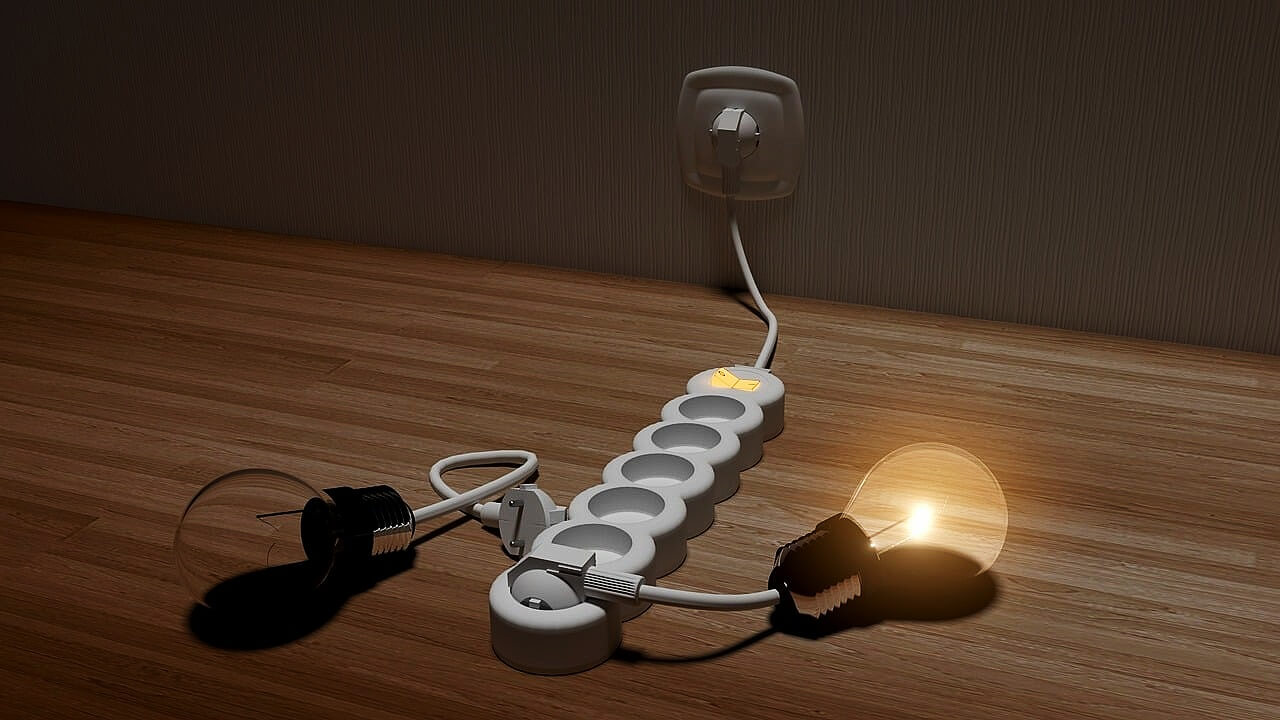Constant current LED drivers play a crucial role in powering LED lighting systems by ensuring that the LEDs receive a stable and consistent current, which is essential for their optimal performance and longevity.
This guide will explain how a constant current LED driver works, its key components, and why it is important for LED applications.
Understanding Constant Current LED Drivers
A constant current LED driver is designed to supply a fixed current to an LED or a series of LEDs while allowing the voltage to adjust based on the LED’s requirements. This type of driver is essential in applications where precise current regulation is needed, as it prevents fluctuations that could damage the LEDs or reduce their lifespan.
How a Constant Current LED Driver Works
1. Current Regulation
The primary function of a constant current LED driver is to regulate the current flowing through the LED circuit. Unlike constant voltage drivers that provide a fixed voltage, constant current drivers maintain a steady current level, which is critical for LEDs that require a specific amount of current to operate efficiently.
- Fixed Current Output: The driver is designed to output a specific current, usually expressed in milliamps (mA) or amps (A). For example, a common constant current driver might output 350mA, 500mA, or 700mA.
- Variable Voltage: The voltage output from the driver varies depending on the forward voltage of the LED or the total forward voltage of a series of LEDs. This ensures that the LED receives the correct amount of power without exceeding its rated current.
2. Input Conversion
Constant current LED drivers typically receive an AC (alternating current) input from the mains electricity and convert it to a DC (direct current) output suitable for the LED.
- AC to DC Conversion: The driver includes components such as rectifiers and filters to convert AC to DC, as LEDs require DC power to operate.
- Voltage Regulation: Once the current is regulated, the driver adjusts the voltage to match the needs of the LED(s). This process ensures that the LEDs receive a stable and consistent current, preventing damage due to overcurrent or undervoltage.
3. Components of a Constant Current LED Driver
Several key components work together within a constant current LED driver to ensure it functions properly:
- Rectifier: Converts the AC input into DC output.
- Filter Capacitors: Smooth out fluctuations in the DC signal, providing a stable output.
- Current Regulator Circuit: Maintains a consistent current level regardless of changes in input voltage or load conditions.
- Protection Features: These may include overcurrent protection, overvoltage protection, short-circuit protection, and thermal shutdown to prevent damage to the LEDs and the driver.
4. How It Controls LED Brightness
Constant current LED drivers can also be designed to support dimming functions, allowing you to control the brightness of the LEDs.
- PWM Dimming: Pulse Width Modulation (PWM) is a common dimming method where the driver rapidly switches the LEDs on and off. The perceived brightness is adjusted by changing the duty cycle of the pulses.
- Analog Dimming: This method adjusts the output current to the LEDs, reducing the brightness by lowering the current level.
Why Use a Constant Current LED Driver?
Using a constant current LED driver offers several benefits, particularly in applications where maintaining a specific current is crucial:
- Prevents Overcurrent: By regulating the current, the driver protects the LEDs from receiving too much current, which can cause overheating and premature failure.
- Ensures Consistent Brightness: Since the current remains steady, the brightness of the LEDs is consistent, ensuring uniform lighting.
- Extends LED Lifespan: Stable current regulation helps prevent thermal stress on the LEDs, extending their operational life.
- Suitable for High-Power LEDs: High-power LEDs, which are more sensitive to current fluctuations, benefit significantly from constant current drivers.
Applications of Constant Current LED Drivers
Constant current LED drivers are commonly used in various applications where precise current control is essential:
- Architectural Lighting: Ensures consistent illumination across large spaces.
- Street Lighting: Provides stable lighting output in outdoor environments.
- Industrial Lighting: Used in environments where reliable and long-lasting lighting is critical.
- High-Brightness LEDs: Ideal for LEDs that require high current levels, such as those used in commercial displays and signage.
Conclusion
A constant current LED driver is a vital component in any LED lighting system that requires precise and stable current control. By regulating the current and adjusting the voltage as needed, these drivers ensure that LEDs operate efficiently, providing consistent brightness and extending the lifespan of the LEDs.
Whether you’re working on a small DIY project or a large-scale commercial installation, understanding how a constant current LED driver works will help you select the right driver for your needs, ensuring optimal performance and reliability.


0 Comments